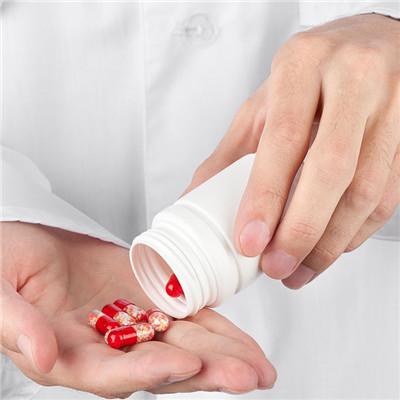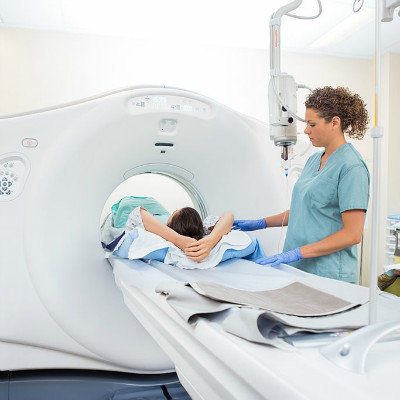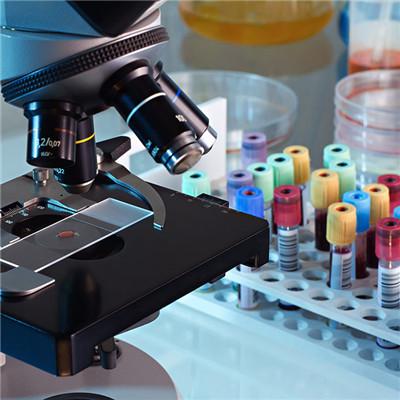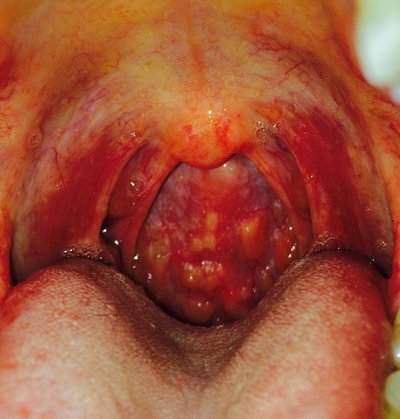Myasthenia gravis and thymoma
summary
After a long time of speech, the voice will be gradually low, the articulation is not clear and nasal, some patients will have chewing and swallowing function and even breathing difficulties. As a more complex disease, myasthenia gravis and thymoma can?
Myasthenia gravis and thymoma
Treatment 1: adrenocortical hormone. Myasthenia gravis is an autoimmune disease. Suprarenal cortical hormone is a commonly used drug in the treatment of autoimmune diseases. At present, high-dose shock therapy, medium dose shock therapy and low-dose maintenance therapy are generally used in the treatment of myasthenia gravis in China. Studies have confirmed that adrenocortical hormone is an inducer of thymocyte apoptosis It can induce thymocyte apoptosis in vivo and in vitro.

Treatment 2: azathioprine, which is a non-specific immunosuppressant, can inhibit the synthesis of DNA, RNA and protein, thereby inhibiting gene replication and T cell activation, playing a role in the treatment of myasthenia gravis. Indications: the dosage of adrenocortical hormone should be reduced; adverse reactions: neutropenia, abnormal liver function, etc. Studies have shown that long-term use of azathioprine can increase the risk of malignant tumor.

Treatment 3: cyclophosphamide. Cyclophosphamide is a compound composed of nitrogen mustard and phosphoramide group. It is a commonly used alkylating agent immunosuppressant in clinic. It can be used for the treatment of various autoimmune diseases. Generally, the symptoms begin to improve within 2 months, and the dosage is reduced and maintained after 5 years. Indications: it is only used for those who are ineffective or intolerable to other mg drugs; adverse reactions: leukopenia, alopecia, hemorrhagic cystitis, etc.

matters needing attention
For this kind of disease: usually we must prevent the occurrence of cold, avoid wind cold, the resistance of patients with muscle weakness is very poor, if suffering from a cold, it will not only promote the recurrence or aggravation of the disease, but also reduce the collective resistance to the disease.












